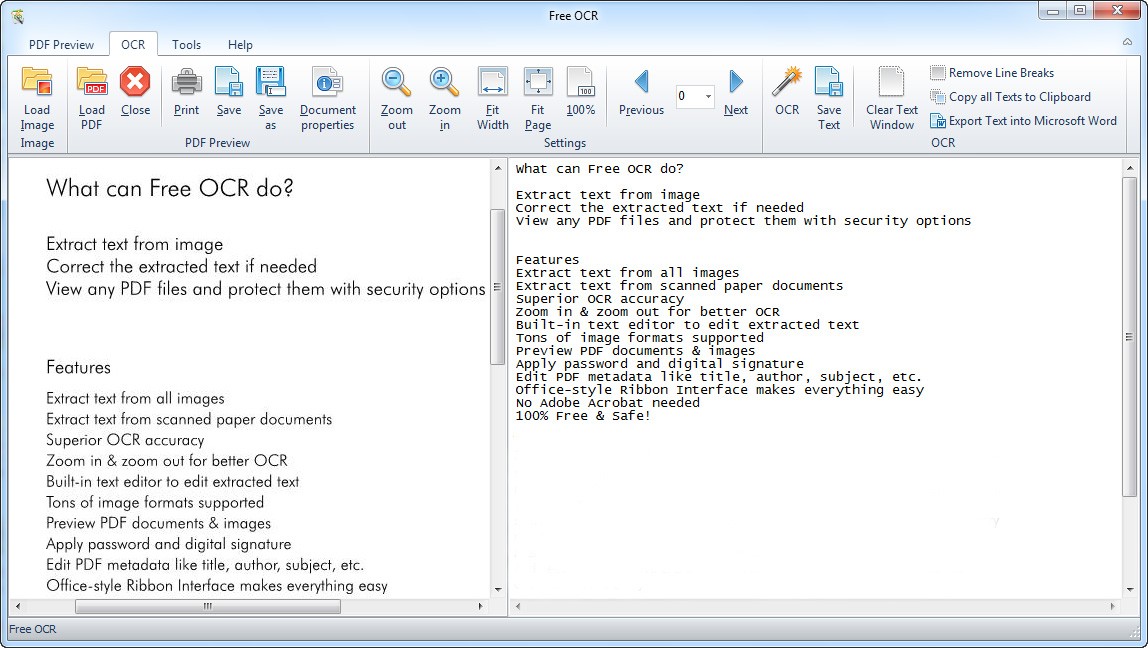

- #TEXT RECOGNITION SOFTWARE KOREAN INSTALL#
- #TEXT RECOGNITION SOFTWARE KOREAN VERIFICATION#
- #TEXT RECOGNITION SOFTWARE KOREAN WINDOWS#
Choose Asian languages or Latin-alphabet and Asian in the drop-down list to have these languages considered during the detection. This is useful for unattended processing where input documents may be in different languages. The Asian languages can be processed with the option Detect single language automatically. Detection is more robust with at least several lines of text and a minimum of embedded English text.
#TEXT RECOGNITION SOFTWARE KOREAN VERIFICATION#
Verification takes place during image pre-processing, so the required recognition language must be set before image loading. The last category means Japanese, Chinese or Korean characters were not detected. It cannot distinguish between Traditional and Simplified Chinese or between non-Asian languages. It works at page-level and identifies four categories: Japanese, Chinese, Korean and non-Asian. The program can handle all these in the output they appear right-rotated.īeside the language list the option Verify language choices invokes automatic language detection that warns of differences between a detected language and the language setting. Vertical text in Japanese and Chinese may have English embedded in different orientations:

Asian OCR can handle short embedded English texts without English being explicitly set this is not designed for longer English texts or for texts in other Western languages. You should select only one of these languages at a time and avoid a multiple selection with other languages. The four Asian languages are listed alphabetically with the others in the Options/OCR panel.
#TEXT RECOGNITION SOFTWARE KOREAN WINDOWS#
You may be required to insert a Windows system disk.
#TEXT RECOGNITION SOFTWARE KOREAN INSTALL#
Operating systems supported by Omni can handle Asian languages, but if East Asian language support was not selected during system install, it must be added from Control Panel / Regional and Language Settings / Languages / Supplemental language support / Install files for East Asian languages. Here is a example of Chinese text: and Korean text Japanese and Chinese texts can be horizontal (left-to-right) or vertical (top-to-bottom, right-to-left) Korean text is always horizontal. For smaller characters, 400 dpi should be used. Minimum is 30 x 30, that is 10.5 points at 300 dpi. The ideal font size for body text is 12 points, scanned at 300 dpi, resulting in characters with around 48 x 48 pixels. The system has been implemented in a mobile phone and is demonstrated to show acceptable performance.Four languages with Asian alphabets are supported: Japanese, Korean, Traditional Chinese and Simplified Chinese. The final translation step incorporates the database of shop names, to obtain the most probable result from the list of candidates. A shape-based statistical feature is adopted, which is adequate for Korean character recognition, and candidates of the recognition results are generated for each character. Secondly, the extracted text is divided into individual characters, which are recognized by using a minimum distance classifier. Firstly, the text region is extracted by an edge-histogram, and the text is binarized by clustering. It deals with impediments caused by different font styles and font sizes, as well as illumination changes and noise effects. The system includes detection and extraction of text for the recognition and translation of shop names into English.

In this paper, an automatic translation system for Korean signboard images is described.


 0 kommentar(er)
0 kommentar(er)
